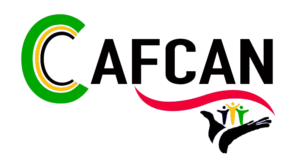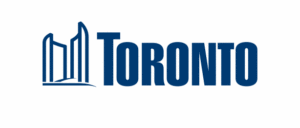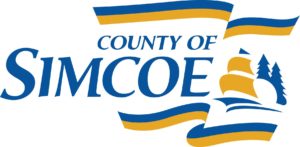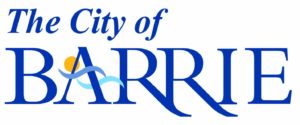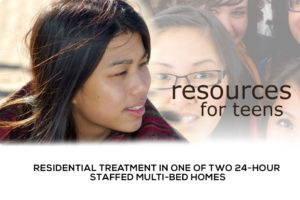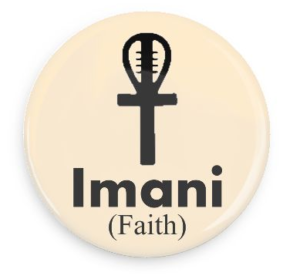As expected, Collingwood native and former Barrie Colts ‘AAA’ defenceman Tyler MacArthur has joined the Quebec Major Junior Hockey League’s Charlottetown Islanders. In his first game with the Isles, a 3-2 shootout win at home over the Rouyn-Noranda Huskies on Friday night, the 19-year-old had a plus-1 rating and picked up a two-minute hooking penalty […]
Read more Collingwood native picked up by Islanders after clearing OHL waivers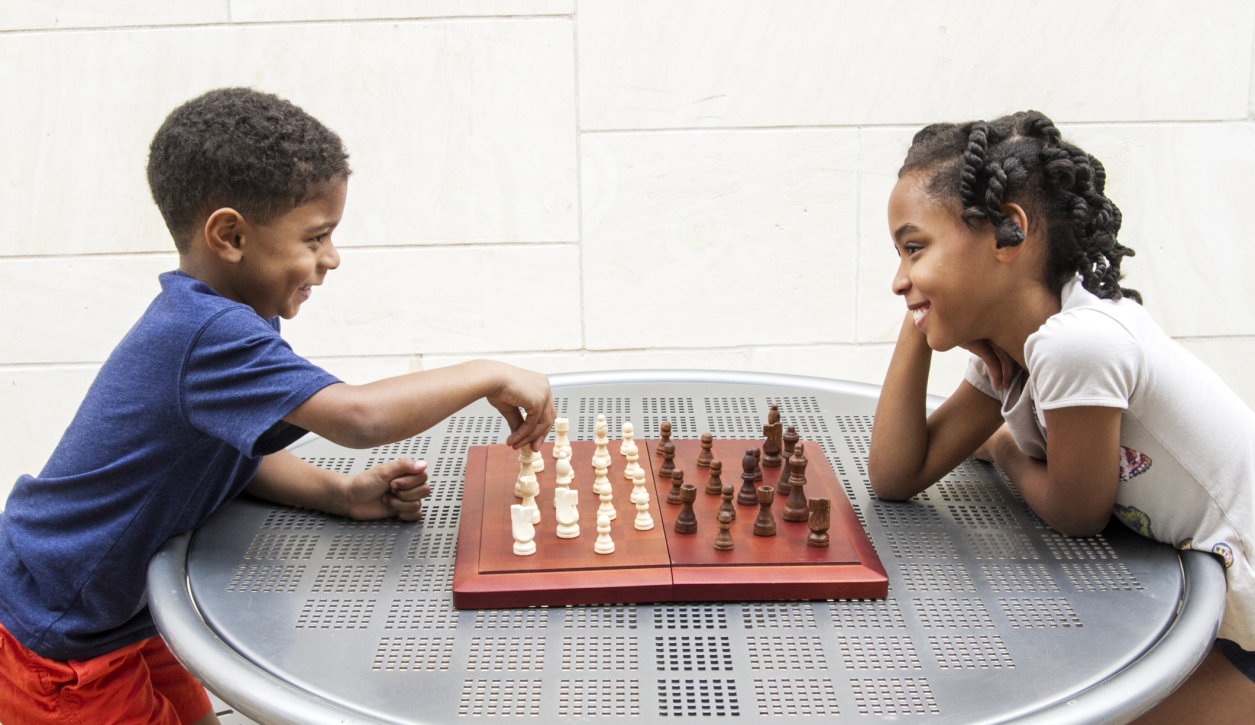
More Collective Values
• We collectively have a commitment to equipping our model with qualified staff that will support youth with the physical, emotional, and psychological safety and wellbeing needed to excel within our programs and services.
• Authentic commitment to anti-oppressive practice.
• Collectively demonstrate transparency, respect, and authenticity.
• Authentic commitment to anti-oppressive practice.
• Collectively demonstrate transparency, respect, and authenticity.


